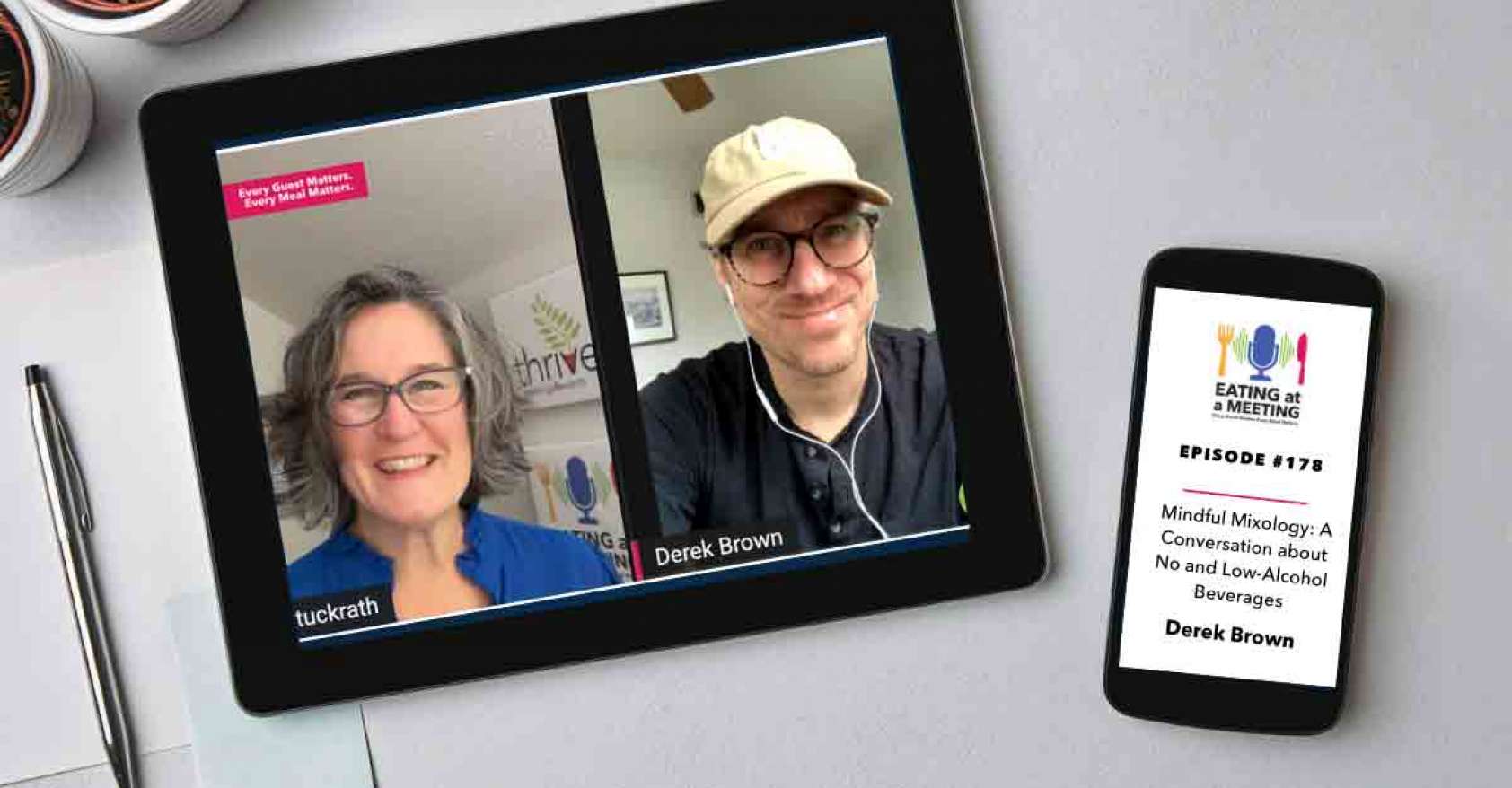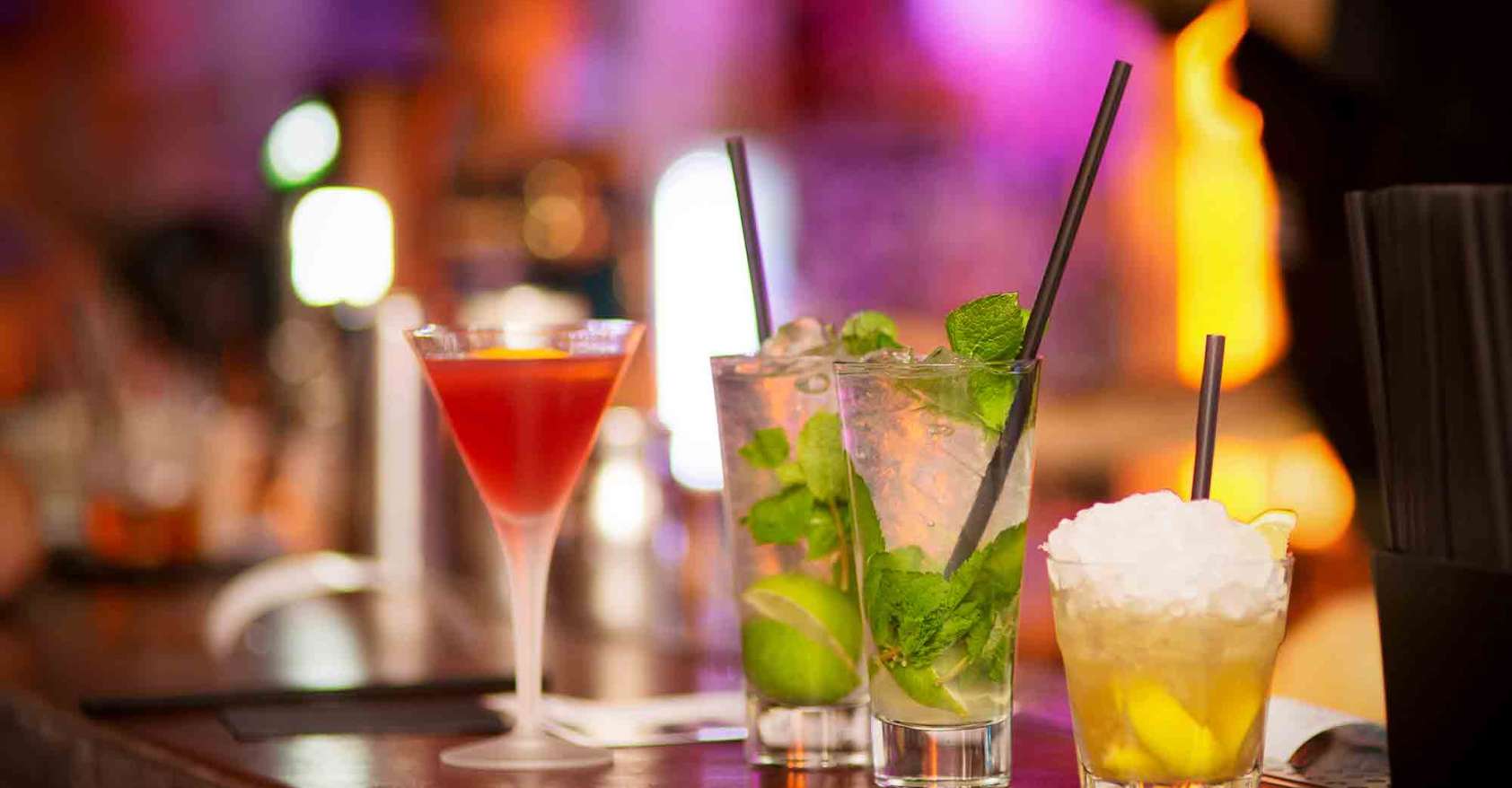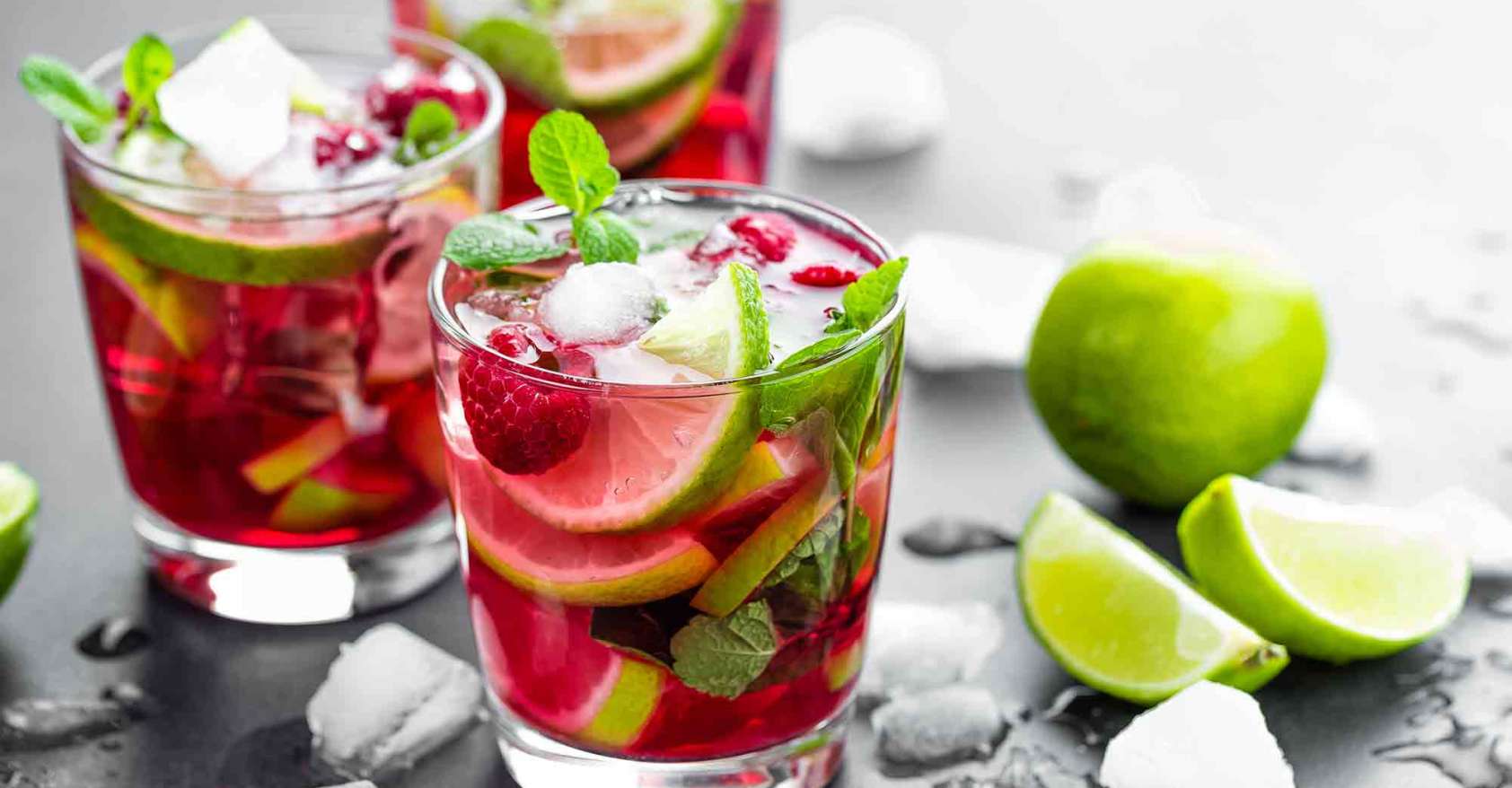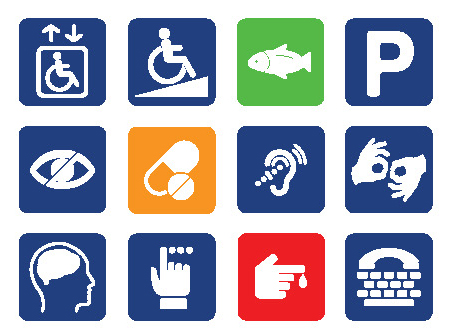Derek Brown discusses what a sophisticated adult beverage actually is and how and why should make room for non-alcoholic adult beverages.


Derek Brown discusses what a sophisticated adult beverage actually is and how and why should make room for non-alcoholic adult beverages.

Food is more than “lunchtime.” It’s an integral part of the experience. Learn how Bonni Scepkowski designs stellar meeting menus to reflect audience demographics, company culture, and the vibe of the program.

While beer, wine and cocktails remain important social lubricants for group events, today’s increasingly health-conscious attendees would love to have some low- and non-alcohol options that look just as enticing as that signature margarita.

Recent Trend of Mocktails Might Rebuke the Statistic that 77% of Meeting Planners Think Alcohol is Important to their Events Though you wouldn’t necessarily be able to tell by looking at the line for the open bar at the evening reception at (pick a conference, any conference), sobriety — or at least, a growing interest in going alcohol-free on occasion — is starting to be a thing. The movement, which arguably began to gain steam five years ago when people began taking the “Drynuary” challenge to go alcohol-free just for the first month of the year, now is going mainstream.…

How does the ADA and Food & Beverage Intersect? In the August 2018 issue of The Meeting Professional, Tracy discusses ADA and food. Since the Americans with Disabilities Act was amended in 2008, individuals with food allergies, celiac disease and other medical conditions that require them to eat a specific way, are now provided civil rights protections under the disabilities law. The Amendment added such words as eating, breathing, cardiovascular system, immune system to the list of major life activities that, if affected in any way, requires a person to alter “normal” activities — like eating peanuts, gluten or grapefruit…